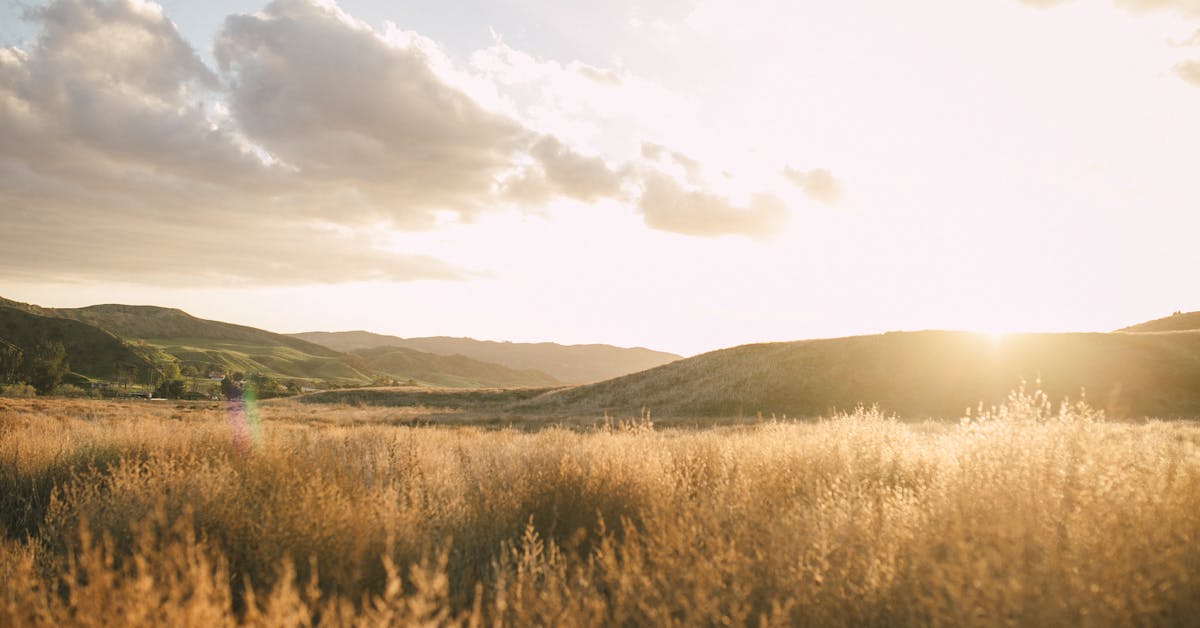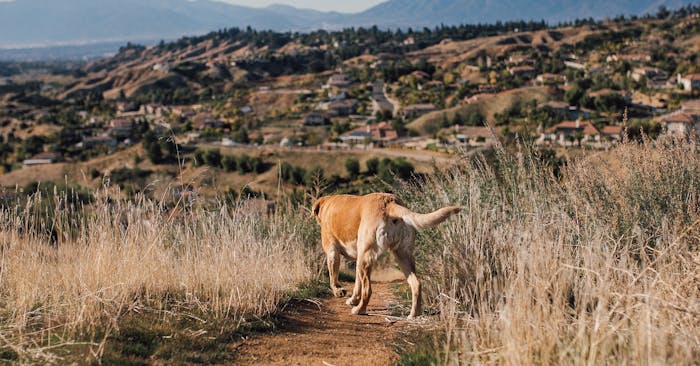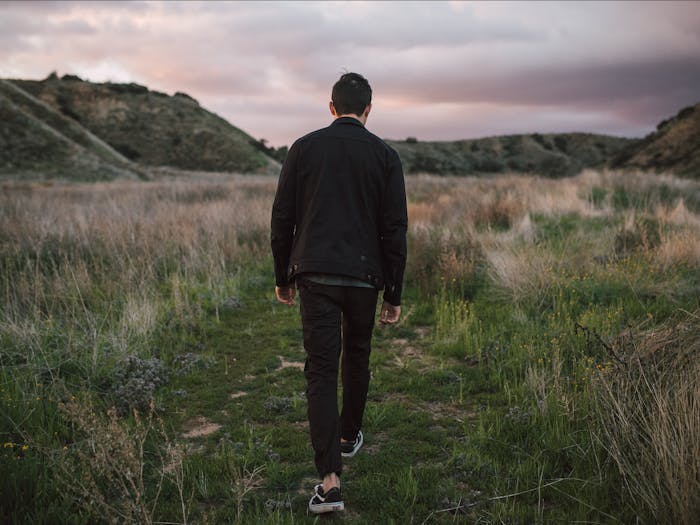
What a Great Time to Head Outdoors
In 2020, the world as we knew it slowed down and stopped, giving way to a new world of uncertainty and, at times, isolation and loneliness. Our entire way of life has been disrupted. Yet, there lies at least one opportunity amid this upheaval: we now have more time for each other and for nature.
Nature has been linked to several health benefits for adults and children alike. A growing body of research associates it with reduced stress, better mental and physical health, and greater cognitive functioning. There is no better time than now to cultivate a relationship between your child and the natural world.
Southern California is fortunate to have outdoor weather most of the year and protected natural forests and beaches throughout the state. Within an hour of Redlands, you can venture into the desert, the beach, or the mountains, but you do not need to leave your city to spend some time outdoors. Here are some ideas to make your outdoor time more meaningful.

Photo Credit: Kelsie Carlson
Go for a hike or move your exercise routine outdoors.
(in a socially distant way, of course)
Nature exploration and immersion increases physical activity and encourages active play. Both contribute to a child’s overall health and development. Physical activity helps children improve motor development, while active play improves the ability to focus and organize thoughts. For younger children, let their imagination run free. My children made up a game called “ninja training” when they were 3-6 years old. It was a “follow-the-leader” game as they climbed up hills and hopped over rocks on our family hikes. Outdoor yoga or boot camp are great ways to energize your usual routine.
Play in the dirt – or the sand.
Some research has shown that regular play in natural dirt improves immune function. You can also add some water to make it mud for an extra sensory bonus. Children love to spend time creating “fairy houses,” which are just small buildings or sculptures made of sticks, stones, leaves, and flowers.
Pick a “sit spot.”
It may be under a tree in your backyard, on a bench in a park close to your home, or on a special boulder along your favorite hike. Jon Young, one of the world’s most accomplished nature educators, recommends choosing a special place in nature. Return to it, spend time in it, and make it familiar to you in all seasons. Get to know the birds and the squirrels that share this space as if they were your friends. It can reduce your sense of isolation and what another nature writer, Richard Louv, calls “our species loneliness.”
Adopt or plant a tree.
Mark a special occasion – a marriage, a birth, a death, or a life change – with a tree. You can plant one, grow it from a seed, or just adopt one that is already growing. Nurturing nature is a positive action that can improve your mood and stave off feelings of isolation from the natural world around you. Return to the tree every few weeks to see how it changes through the seasons. Your child may enjoy taking photos or drawing pictures of the tree throughout the year as a memory of that time together.
Take a nighttime walk.
If you live in an area where you feel safe walking at night, evening strolls are a great way to calm small children down while releasing some of that extra energy before bed. You can also drive a few minutes to an area that feels safe to you to walk around a park or other natural space.
Pro Tip: With the mosquitos this year, make sure to wear insect repellent and proper sun protection during the sunny hours (zinc oxide or titanium dioxide sunscreens are always recommended). Bring plenty of drinking water for any exercise activity and follow all proper safety precautions for your activity given the circumstance and weather. Never leave a small child unattended near any body of water.
For more information and other great ideas, check out the Children and Nature Network and the Take a Child Outside organization. Take a Child Outside week is Sept 24-30 every year. Jon Young is the author of many books related to the nature connection, most recently “What the Robin Knows.” Similarly, Richard Louv has authored many books, including his most recent book “Our Wild Calling.” He also spoke at the American Academy of Pediatrics National Conference in October 2020.

Photo Credit: Kelsie Carlson
For more information and other great ideas, check out the Children and Nature Network and the Take a Child Outside organization. Take a Child Outside week is Sept 24-30 every year. Jon Young is the author of many books related to the nature connection, most recently “What the Robin Knows.” Similarly, Richard Louv has authored many books, including his most recent book “Our Wild Calling.” He also spoke at the American Academy of Pediatrics National Conference in October 2020.
About the Author:
(click image to enlarge)
Dr. Villarreal (“Dr. V” for short) trained at the Children’s Hospital of San Antonio in the Baylor College of Medicine pediatric residency program. She then worked in Colorado and California in clinics, hospitals, and nurseries. She has been a mother of three during all her residency training and working years.
Importantly, she knows how hard it is to have a sick child in the evening when the pediatrician’s office is closed or booked solid for the afternoon. She understands the scarce options for pediatric care after hours.
One night, while checking a friend’s child for a fever, her friend asked her if she would consider offering house calls to families when they need it most. That simple question nudged her down this unconventional path: to bring pediatric sick visits back into the home.
